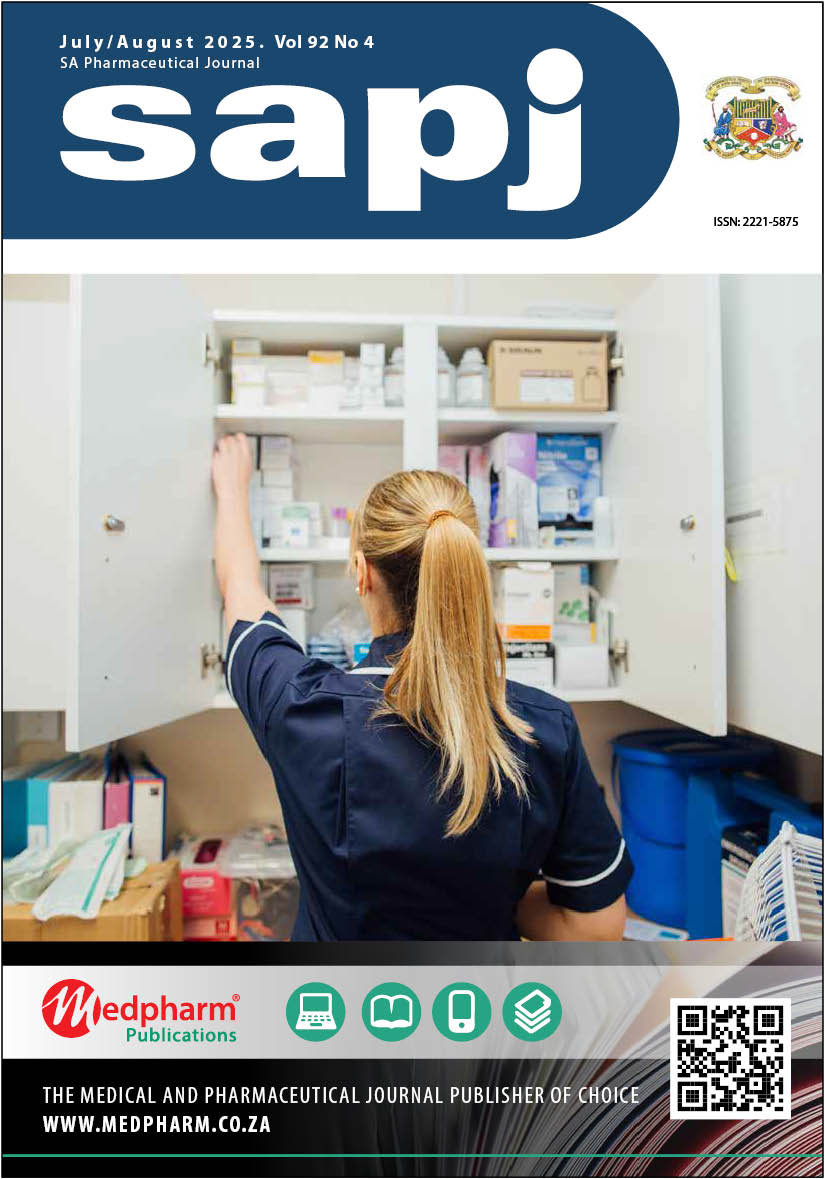Interprofessional impressions amongst 4th-year medical and pharmacy students at Sefako Makgatho Health Sciences University
DOI:
https://doi.org/10.36303/SAPJ.1209Keywords:
interprofessional education, interprofessional impressions, pharmacy, medicine, collaborative learning, professional rolesAbstract
Background: The function of a multidisciplinary team is to work together to provide patient care; this is facilitated by healthcare professionals from various disciplines joining forces by understanding and respecting each other’s roles. The World Health Organization advises that interprofessional education (IPE) be incorporated into the healthcare curriculum as it results in improved patient care and helps students identify each other’s roles and perceptions in a multidisciplinary team. The purpose of this study was to investigate interprofessional impressions among 4th-year pharmacy and medical students at a university in South Africa.
Methods: Using a Likert scale, an online survey was conducted on a cohort of 4th-year pharmacy and medical students at the university. The quantitative descriptive data was captured using MS Excel® spreadsheet, and MS Office 365 (2016) and analysis was done using Analysis of Variance (ANOVA).
Results: A response rate of 75.28% was obtained where n = 201 respondents, 76.61% agreed that working together as a multidisciplinary team would benefit patients and improve communication between healthcare professionals. All of the pharmacy students agreed that shared learning will benefit the patient, compared to 2.54% and 5.73% of medical students who disagreed, and strongly disagreed, respectively that working together will ultimately benefit the patient. This difference in perception highlights a potential gap in understanding the roles of different healthcare professionals, underscoring the need for interprofessional education to foster mutual respect and collaborative practice.
Conclusion: This study highlights a clear need for IPE within the healthcare curriculum, particularly among 4th-year pharmacy and medical students. The findings demonstrate that while a majority of students acknowledge the benefits of working together in a multidisciplinary team, there is a disparity in perceptions between the two groups. Pharmacy students unanimously recognised the value of shared learning for improved patient outcomes, whereas a small but notable proportion of medical students expressed scepticism regarding its benefits.
Downloads
Published
Issue
Section
License
Copyright (c) 2025 Author/s

This work is licensed under a Creative Commons Attribution-NonCommercial 4.0 International License.

